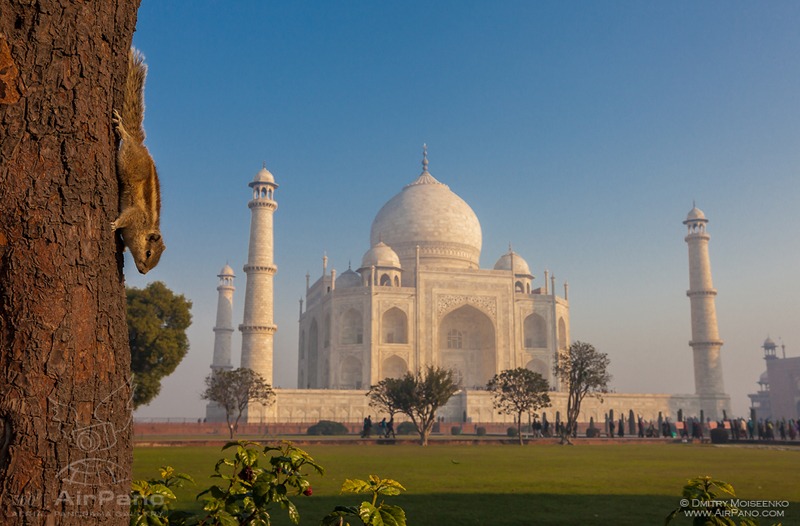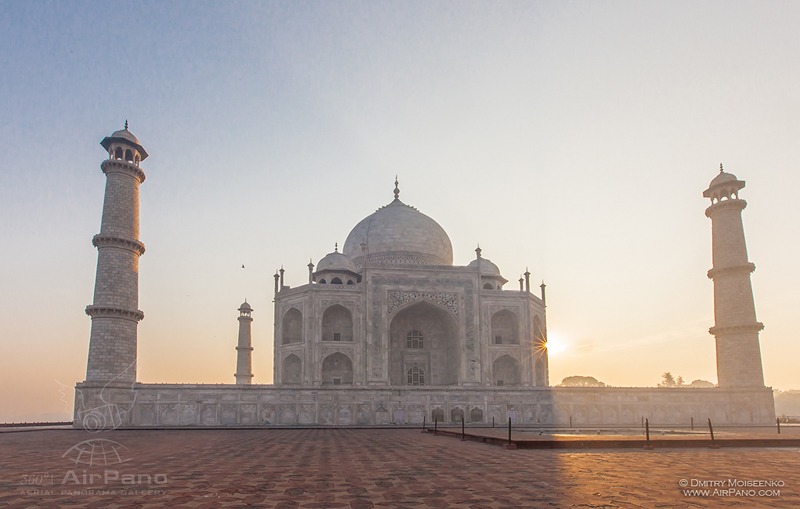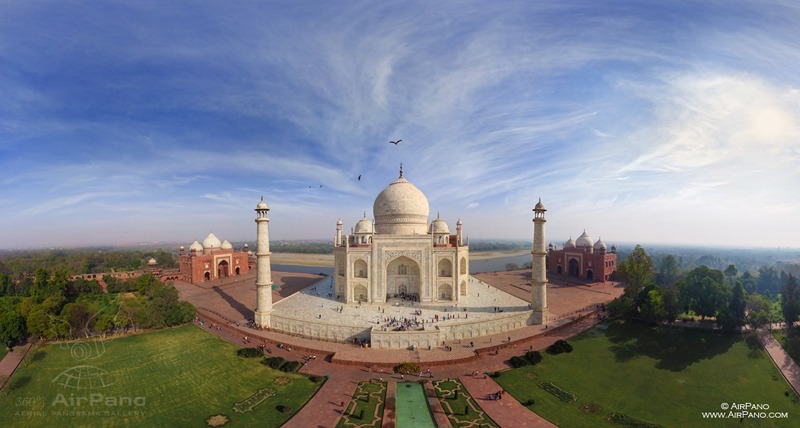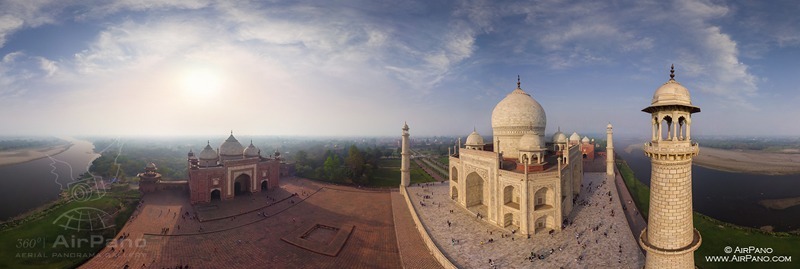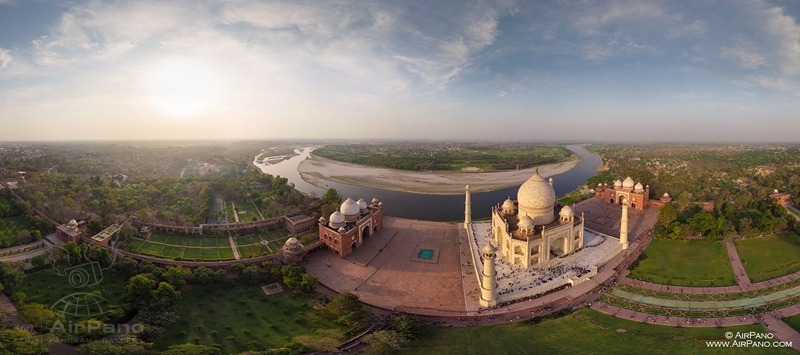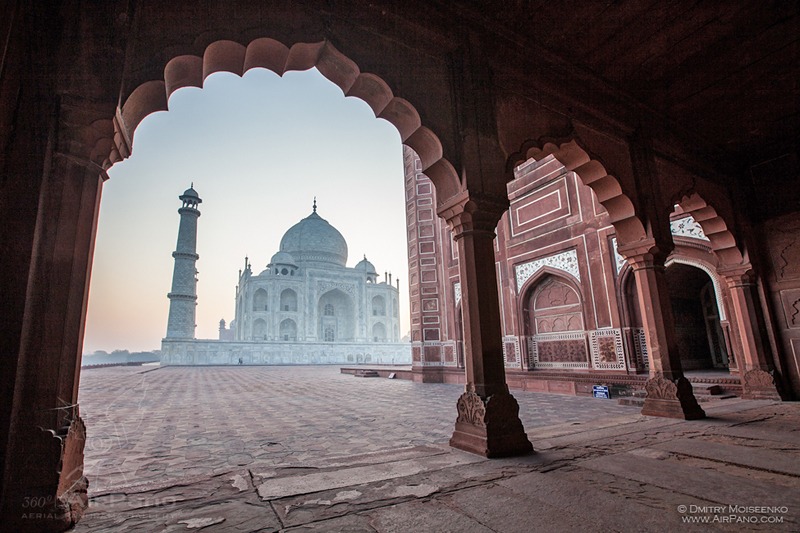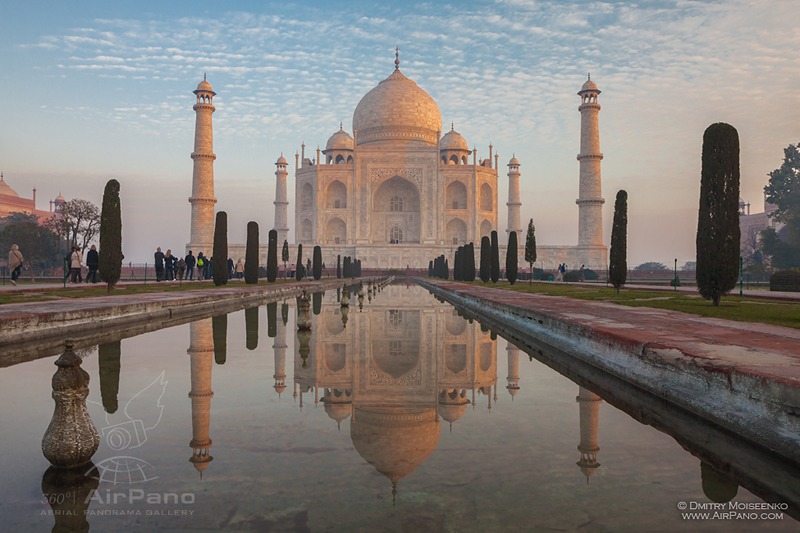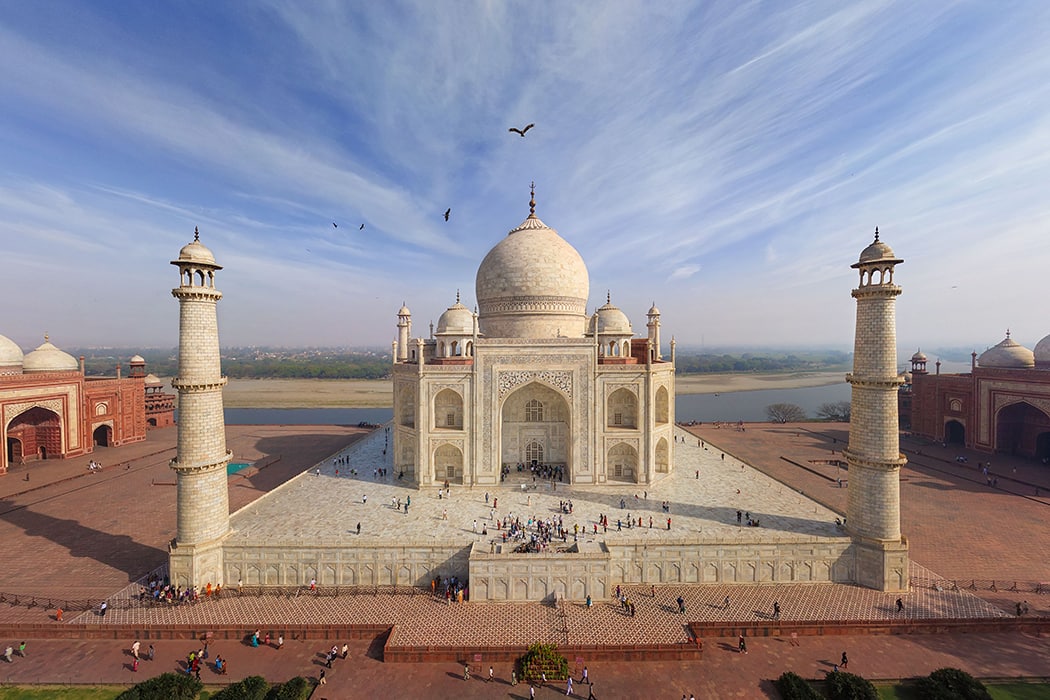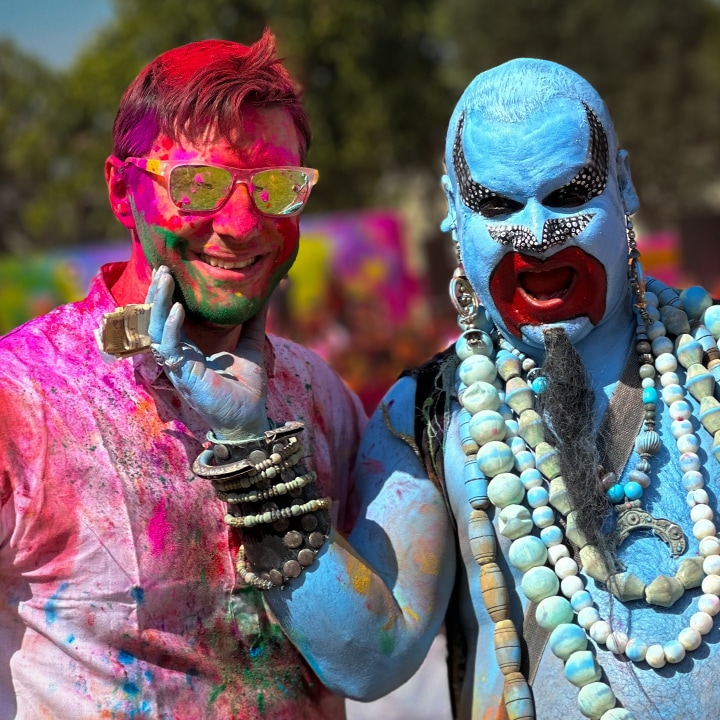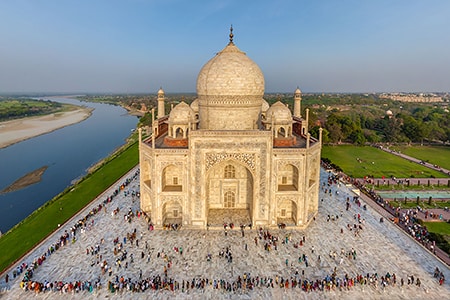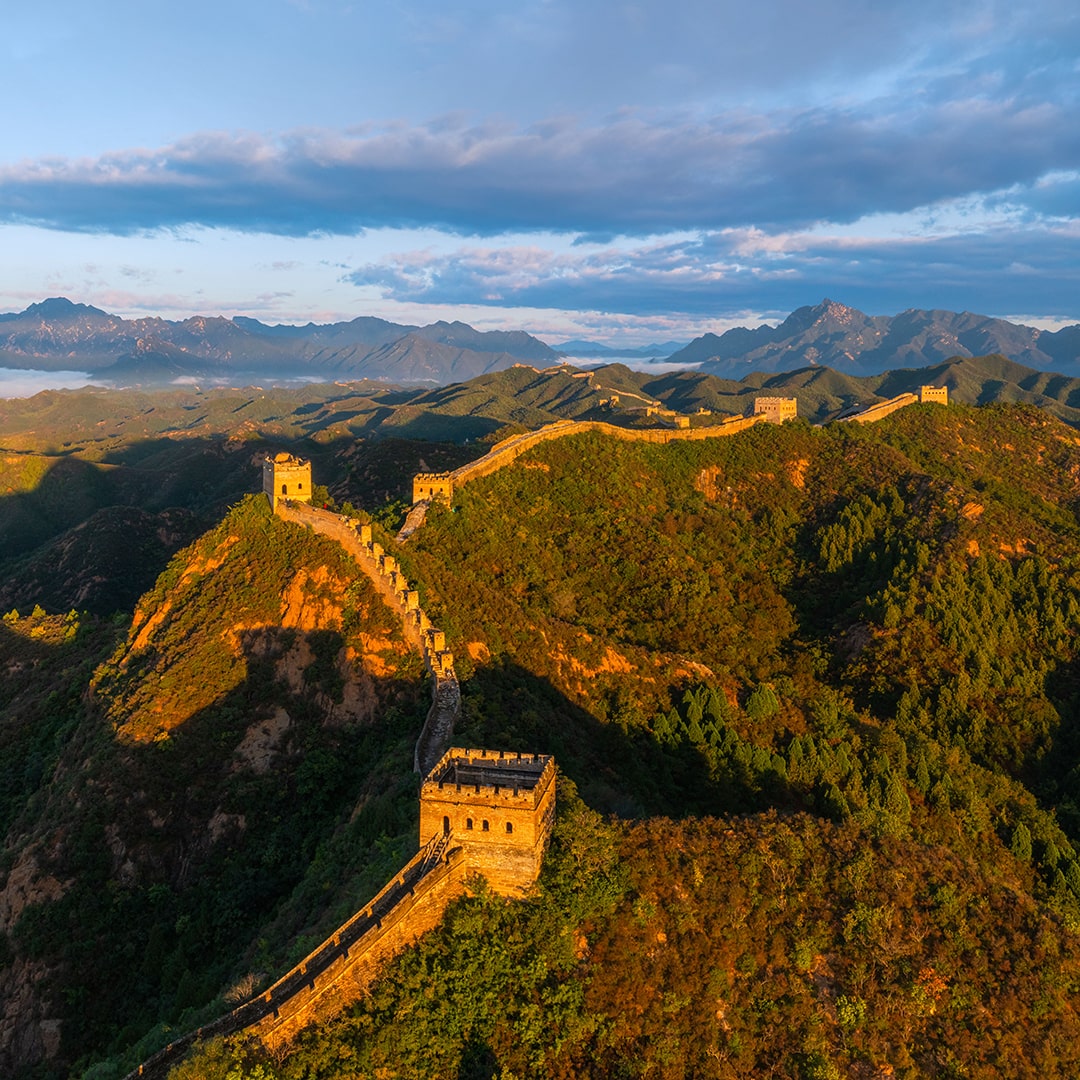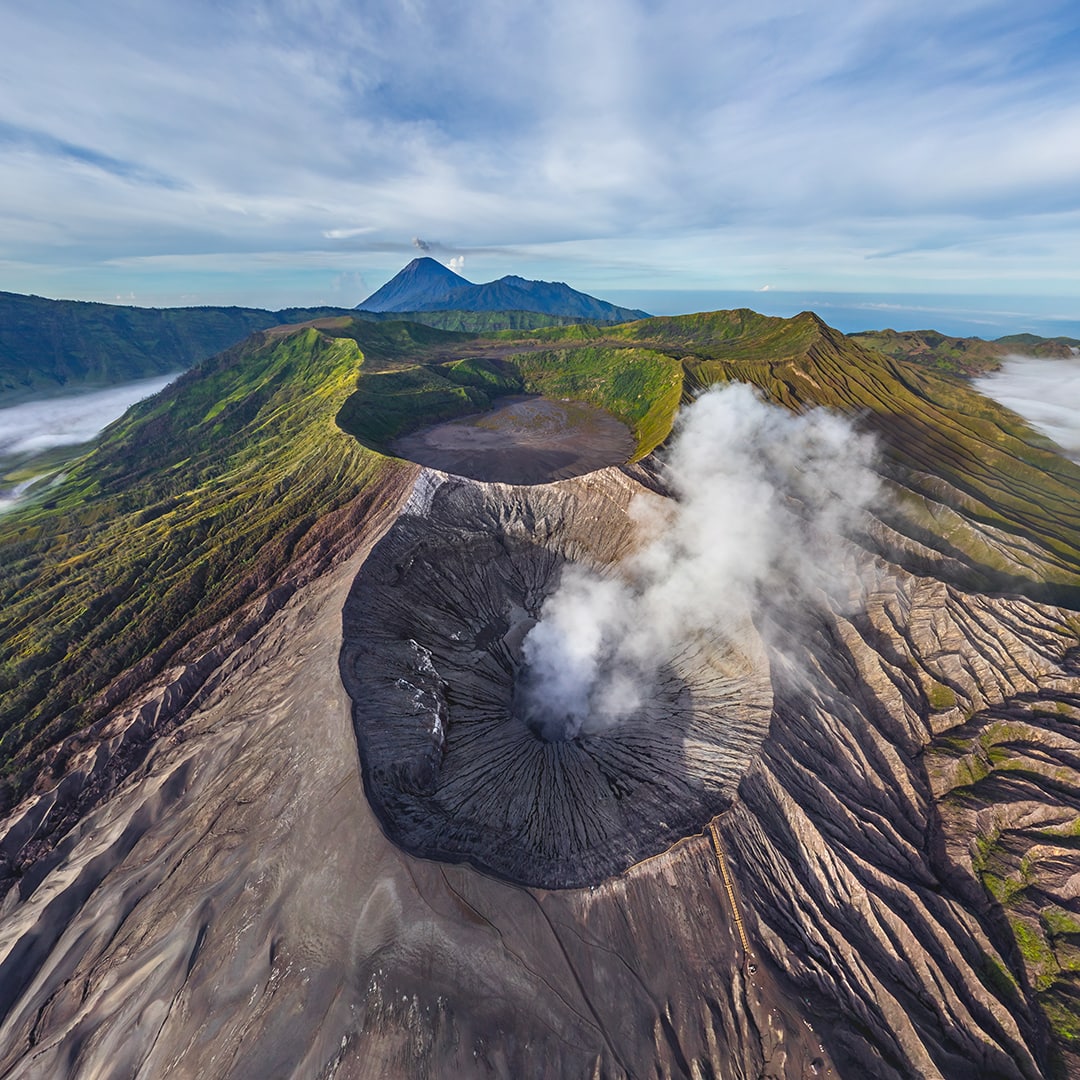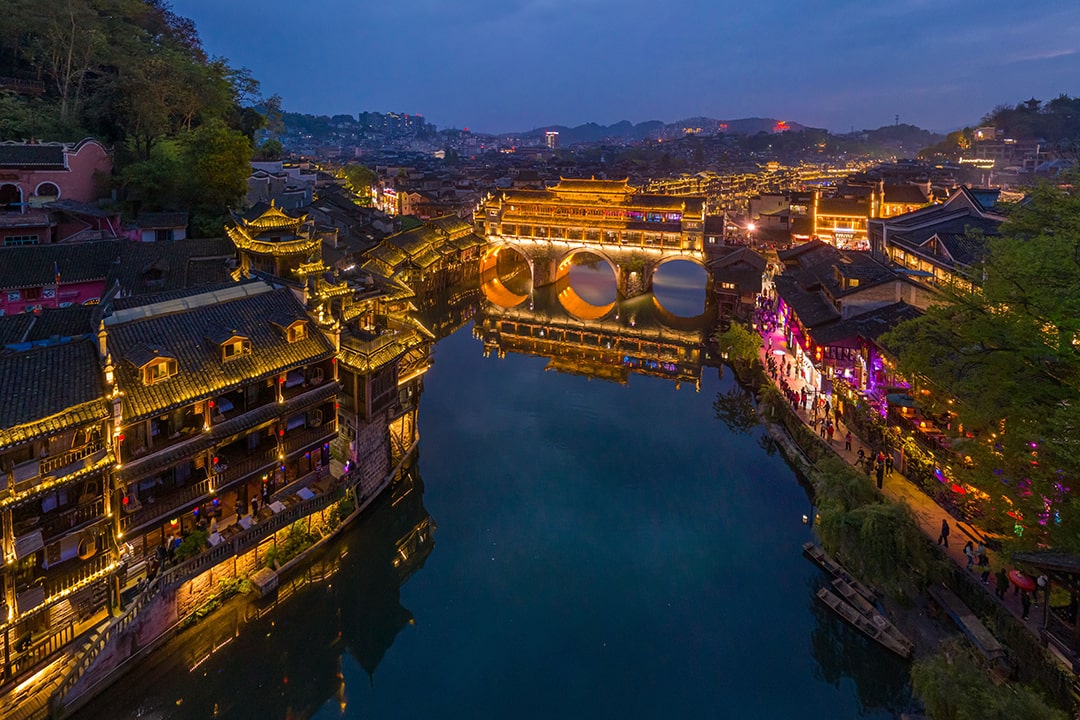Taj Mahal, India. Part I
In The New Seven Wonders Of The World list Taj Mahal, a mosque-mausoleum located in Indian city of Agra, takes a very important place.
In spite of its Muslim origin this white marble necropolis became an actual symbol of India. Serious security measures are taken to protect it. There is a special 500-meter security zone established around the complex. Cars are to be parked 2 kilometers away, and the rest of the way tourists have to travel by rickshas, carriages, or electromobiles, because it's believed that car exhaust fumes cause yellowing of the marble facing. There is even a barbed wire fence on the opposite shore of Jamuna River, which runs beside Taj Mahal. Security personnel totals hundreds of men.
In January 2012 Dima Moiseenko, our photographer, went to Agra to meet the Superintending Archaeologist in charge of Taj Mahal and asked him how to get a permit to photograph Taj Mahal from air. Security is so tight in Taj Mahal that one cannot even enter with a tripod. But that wasn't the only issue: Dima was asked to hand over his lighter and cigarettes.
The Archaeologist listened to the request of his guest from remote Russia and replied, "I'll allow you to shoot with a tripod, but you can forget about aerial photographs". Last time someone took pictures of Taj Mahal from air was 10 or 15 years ago. And as long as I've been here, no one else has been able to do that. A few years ago some foreigners tried to launch a radio-controlled helicopter from a boat on the river, but the police immediately arrested them. I strongly advice you against this trick."
We were curious who managed to take an aerial photograph of Taj Mahal. After searching the Internet we found out that it was Yan Artus Bertran, a famous Frenchman, who took pictures of Taj Mahal from a helicopter in 1997.
http://www.yannarthusbertrand2.org/index.php?option=com_datsogallery&Itemid=27&func=detail&catid=46&id=1324&l=1600
15 years have passed and no one else was able to get a permission to shoot the monument from air. Mr. Bertran had a full support of UNESCO and French government, so one can imagine the resources he had available for this project. Unfortunately, the only resource AirPano had was a group panoramic photography enthusiasts from Moscow.
And so we decided to visit the Embassy of India in Moscow. Dima went to the Embassy and made a presentation about AirPano project. He told them about our non-for-profit work focused on showing people the most interesting places of our planet from a bird's eye view.
They expressed an interest in our work and asked us to prepare all the necessary documents about the planned photo shoot. The paperwork took almost 2 months, we went back and forth, correcting documents and providing comments when necessary. Finally, when we were shooting in Cambodia, good news came from the Embassy: we were given the permission to shoot in March.
I will let Stas tell you the rest of the story.
Although we had a trip to Jordan planed in March, we canceled it and went to India. Dima Moiseyenko and I arrived to Agra, India, the home of Taj Mahal, in March 2012.
First of all we went to visit the Superintendant Archaeologist, with whom Dima met in January. Only this time we had the papers. At first, very unwillingly, the Superintendant Archaeologist allowed us to fly over Agra, except for Taj Mahal. But then, referring to a phone call from Dehli, he denied us entirely. He said that we had to go to the capital and gain a permit from the Ministry of Civil Aviation (yes, for a 100-meter height launch of a small manually controlled helicopter). As if to make us feel better, he allowed us to shoot inside Taj Mahal with a tripod.
To say that we were frustrated after that conversation is to say nothing. Our entire trip was falling apart right in front of our eyes, because Taj Mahal was our main goal.
We spent the following day knocking on every door we knew, from police to other local authorities, trying to get the permit. But all our efforts were in vain. After listening to our story, every single bureaucrat sent us back to the Superintendant Archaeologist.
As a last resort, Dima called the Embassy of India in Moscow and told them that despite of all the papers from Delhi, we were being denied to photograph Taj Mahal. They said they would look into it, but it could take a lot of time. And we had only 3 days left.
The same night we held "a council of war" in our hotel room. We declared that, using the papers from the Embassy as a backup, we would launch the helicopter from under the wall by the riverside.
The take-off should be done in the open, in the sight of the security guards, so that we wouldn't be shot as terrorists. It was clear that we had only one chance to shoot, and that they wouldn't allow us to do it again.
In the morning we packed our equipment and went to our photo shoot, preparing ourselves to spend some time in a local jail. However, we received a phone call on our way to Taj Mahal. It was an employee of the Embassy in Moscow. He said that we had to go to the Superintendant Archaeologist's office and get our photo permit. He managed to resolve all the issues for us. Still in doubt, we entered the office. The Superintendant Archaeologist didn't grace us with his presence; a small clerk handed us the paper.
And that was it! The permit to fly over Agra Fatehpur Sikri Fort and, more importantly, a permission to photograph Taj Mahal from air for 2 days straight!
To be honest, I didn't believe my own eyes at first, but the sight of Dima dancing in the street dust finally convinced me.
We photographed Taj Mahal twice in the morning and one time in the evening. That was one of the most challenging and thorough work we'd done so far. We had to carry our helicopter on the premises 3 times. And each time it was a nightmare. Every local security guard had to stop us and ask — with huge surprise in his eyes — how exactly did we manage to sneak in our gear. Routinely we would show him our papers, which he would study for 10 or 15 minutes, only to say that we couldn't shoot here.
But yes, we did it! We were the first ones in 15 years to fly over Taj Mahal and photograph it. We were the first to make a virtual aerial tour around Taj Mahal, one of the New Seven Wonders of the World. And now you can admire the beauty of the symbol of India in a way only birds could do before.
After this we shot in many other places in India, such as Fatehpur Sikri, Agra Fort, Varanasi, Jaipur, and Delhi. Fortunately, we didn't have any difficulties there. On our last day in India we also received a permission to photograph at the territory of unique Akshardhama (New Delhi).We will publish these materials on AirPano.com as they go through post processing.
Stay tuned!
Taj Mahal was built by order of Shah Jahan, a Great Mughal emperor and the descendant of Tamerlan, in memory of his wife Mumtaz Mahal. In our cynical times it's hard to believe in feelings strong enough to withstand 17 years of marriage and 13 children. But it's a fact — all legends and stories of that time tell us one thing: when they first met, Shah Jahan was enchanted by his chosen one, so from that moment on he didn't pay attention to his other wives. When Mumtaz Mahal died during childbirth of their fourteenth baby in 1631, Shah aborted his war campaign, returned home and dedicated the rest of his life to building the mausoleum.
Twenty thousand workers had been building the monument for more than twenty years. Beside local experts, foreign architects — Venetian and Frenchman — were invited to participate in the development. Combined efforts gave birth to five-dome building, which was 74 meters high on the platform with 4 minarets in the corners. The walls are faced with polished semitransparent marble, brought to the site from a 300 kilometers distance. It looks white in the bright daylight, pink during sunset, and silver in the moonlight. Furthermore, walls are decorated with turquoise, agate, malachite, carnelian and other gemstones delivered from many countries including Russia.
The grand building of Taj Mahal is surrounded by park. Water canals divide the park into square sections. The wide canal with fountains runs from the main gate. When the fountains are silent one can see a magic reflection of Taj Mahal in the water...
While the construction was in progress, Shah Jahan had an idea to create the same monument for himself on the opposite shore of Jamuna River that runs right behind the mausoleum. It would be made of black marble and connected with his wife's mausoleum by an openwork bridge. Unfortunately, this beautiful dream did not come true. In order to maintain a clear view of the most spectacular mausoleum in the world, it was prohibited to erect more than 4-storey buildings in 3 kilometers radius.
However, many years of grief and obsession with building the mausoleum prevented Shah Jahan from attending to his country's needs. As a result, he was overthrown by his own son (son of the woman to whom he dedicated the mausoleum) and spent the rest of his days in jail. The legend says that, as some cruel joke, his jail windows were facing Taj Mahal, the monument to his loved one whose untimely death led to his demise.
Taj Mahal is not just one of the most famous India landmarks. It is a rare monument, which needs to be seen and also to be felt. This is a story of love artistically preserved in stone, and it affects everyone who sees it.
You can also watch the short video from the above of Taj Mahal.
Text by Stanislav Sedov and Oleg Gaponyuk, photography and video by Stanislav Sedov and Dmitry Moiseenko
4 June 2012
Read more
Photogallery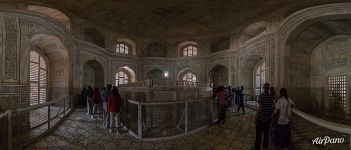 In the mausoleum
In the mausoleum
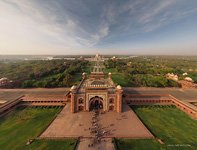 India, Taj Mahal #10
India, Taj Mahal #10
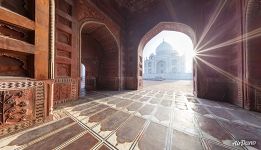 View from the mosque
View from the mosque
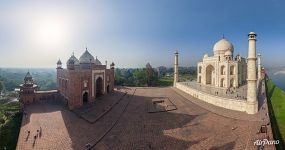 Taj Mahal from the north-east
Taj Mahal from the north-east
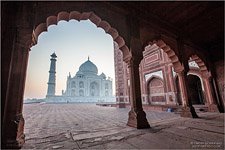 India, Taj Mahal #5
India, Taj Mahal #5
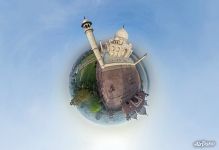 Planet of Taj Mahal
Planet of Taj Mahal
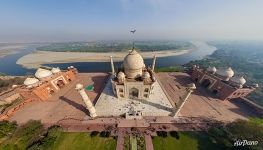 Taj Mahal
Taj Mahal
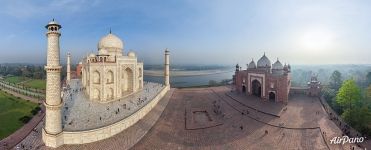 Taj Mahal. Mausoleum and mosque
Taj Mahal. Mausoleum and mosque
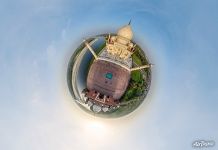 Planet of Taj Mahal
Planet of Taj Mahal
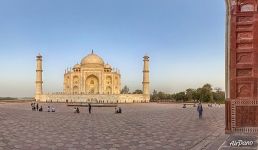 View from the mosque
View from the mosque
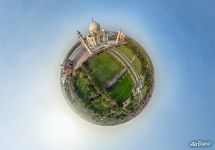 Planet of Taj Mahal
Planet of Taj Mahal
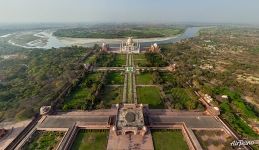 Above the Great Gate (Darwaza-i Rauza)
Above the Great Gate (Darwaza-i Rauza)
Virtual Travels in 360°
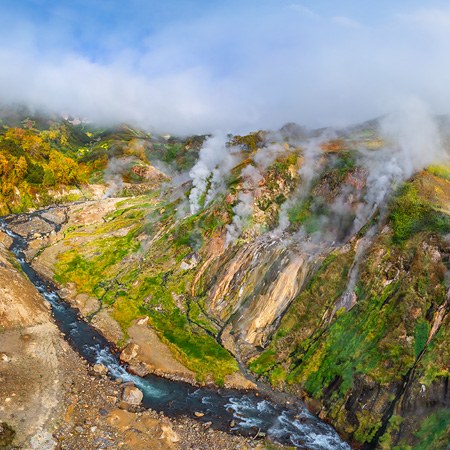 Valley of Geysers, Kamchatka, Russia. Part II
Valley of Geysers, Kamchatka, Russia. Part II
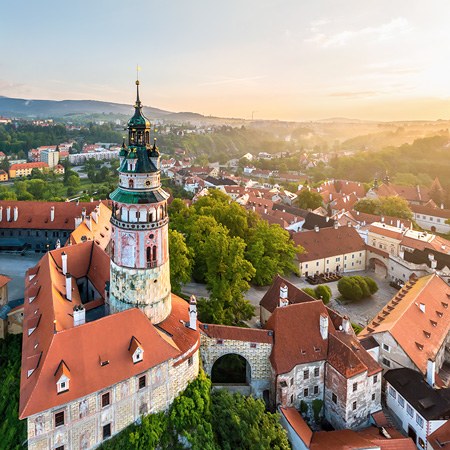 Cesky Krumlov, Czech Republic
Cesky Krumlov, Czech Republic
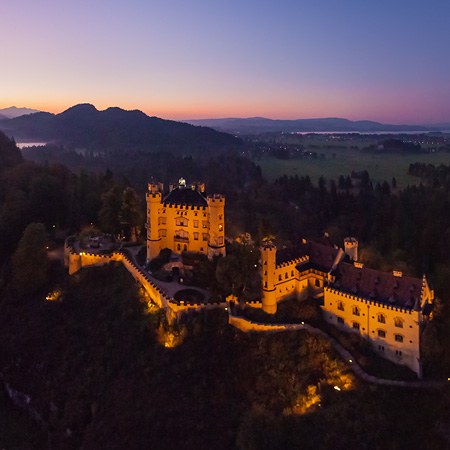 Fussen Town, Neuschwanstein and Hohenschwangau Castles, Germany
Fussen Town, Neuschwanstein and Hohenschwangau Castles, Germany
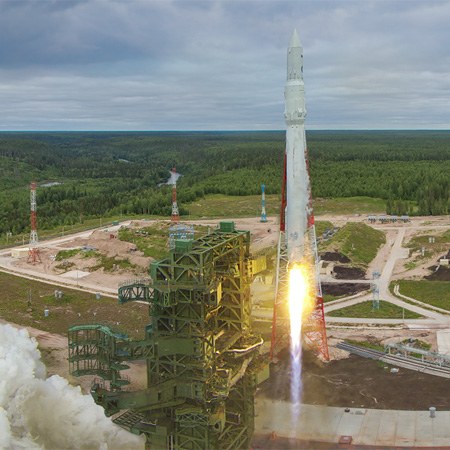 First launch of the "Angara" rocket, Plesetsk Cosmodrome, Russia
First launch of the "Angara" rocket, Plesetsk Cosmodrome, Russia
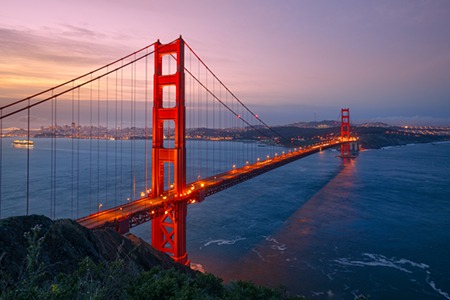 San Francisco, CA, USA
San Francisco, CA, USA
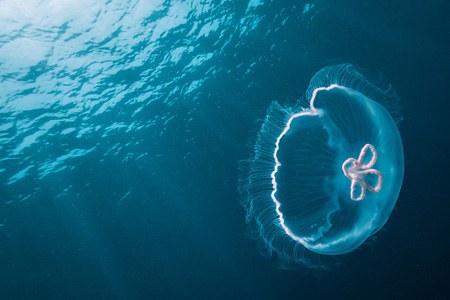 Diving with jellyfish
Diving with jellyfish
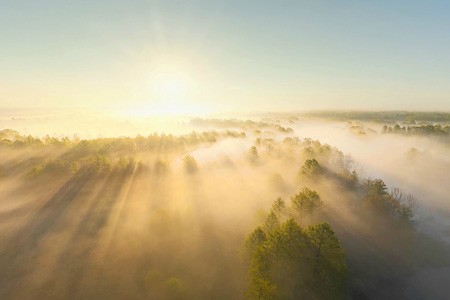 Bryansk forest on a foggy morning. Russia
Bryansk forest on a foggy morning. Russia
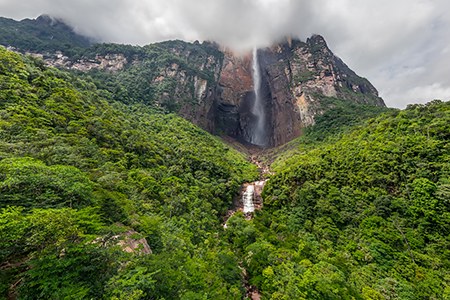 Trip to Angel Falls, Venezuela
Trip to Angel Falls, Venezuela
Show more


